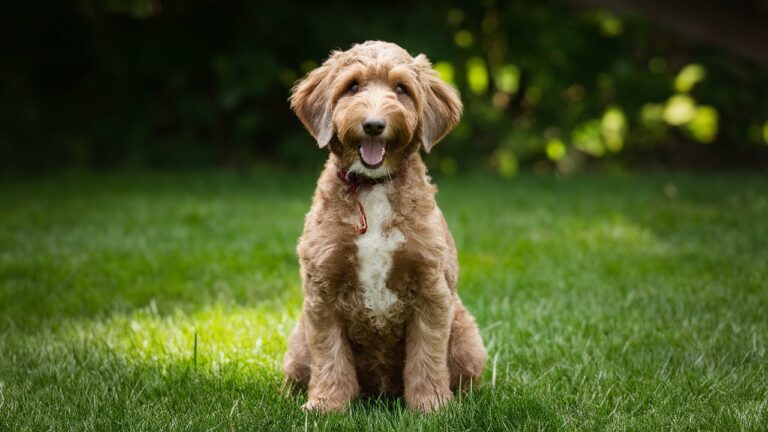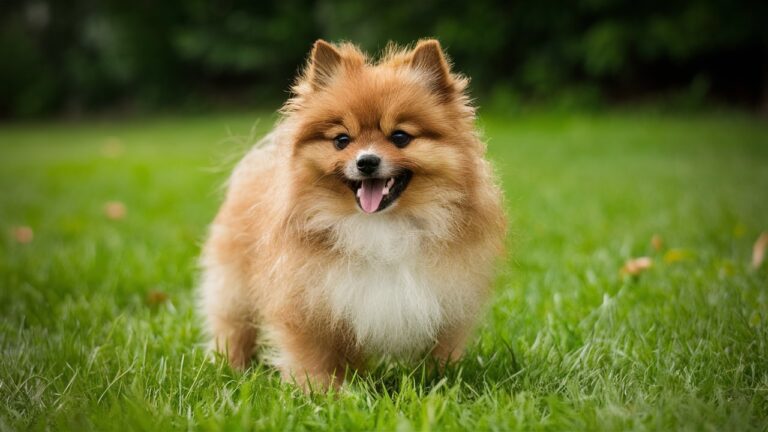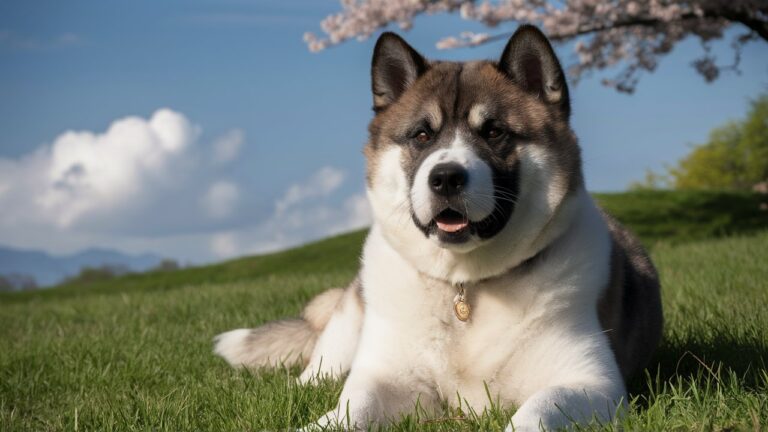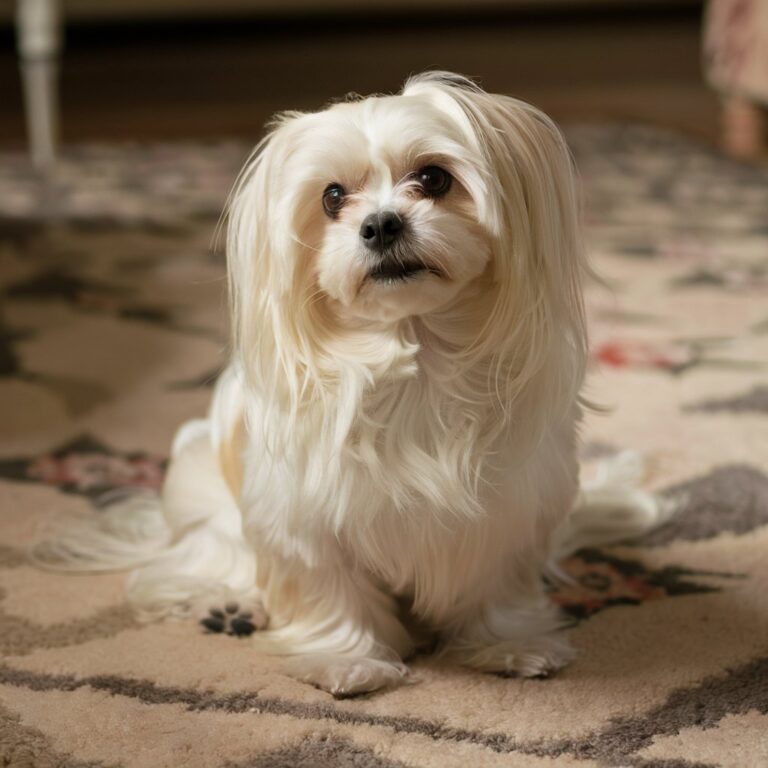Azawakh:100% Graceful and Noble Sighthound of Africa
The Azawakh, an elegant and noble sighthound, hails from the Sahel region of Africa, particularly from the countries of Mali, Niger, and Burkina Faso. This breed, revered by the nomadic Tuareg people, is known for its striking appearance, agility, and loyalty. In this article, we will delve into the history, characteristics, care, and the unique relationship the Azawakh shares with its human companions.
Introduction to the Azawakh
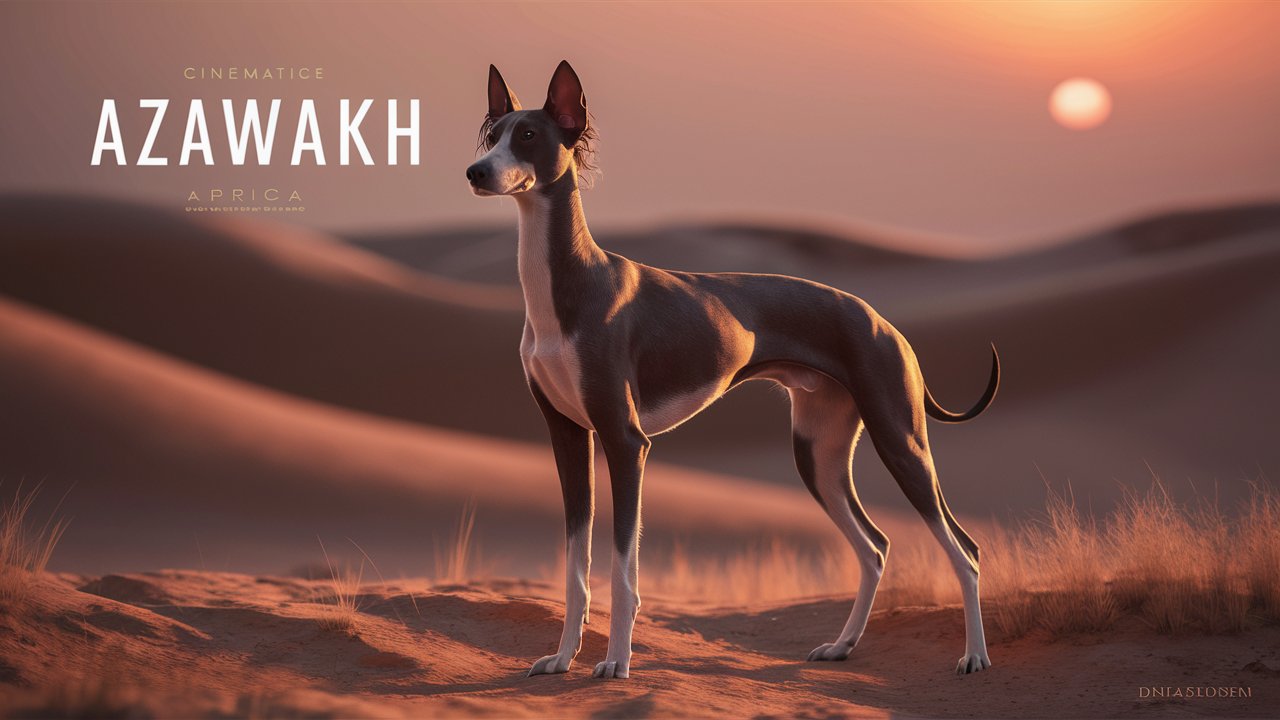
The Azawakh is a breed that stands out not only for its physical beauty but also for its cultural significance. With a history that spans centuries, this breed has been a steadfast companion to the nomadic tribes of the Sahara. The Azawakh’s unique characteristics make it a fascinating subject for dog enthusiasts and researchers alike.
History and Origin
The history of the this breed is as rich and storied as the Saharan sands from which it originates. This ancient breed has been a steadfast companion to the nomadic tribes of the Sahel region for centuries, playing integral roles in their daily lives and cultural practices.
Nomadic Heritage
The Azawakh’s journey begins with the nomadic peoples of the Sahara Desert, particularly the Tuareg and other Berber tribes who traversed the vast desert landscapes. These tribes relied on the Azawakh not only as hunting and guarding companions but also as valued members of their families. The breed’s ability to endure the harsh desert conditions and its unparalleled loyalty made it indispensable to these nomadic lifestyles.
Hunter and Protector
As hunters, do these breeds were prized for their speed and agility, qualities essential for chasing down game such as antelope and hare across the desert plains. Their keen sight and instinctive hunting abilities made them invaluable assets during hunting expeditions, providing sustenance for the nomadic tribes.
Cultural Significance
Beyond their practical roles, these breeds held deep cultural significance for the nomadic tribes. They were symbols of status and wealth, often adorned with decorative collars and considered part of the family unit. Their loyalty and protective instincts were highly valued traits that earned them respect and admiration among their human companions.
Origins in the Sahel Region
The exact origins of the Azawakh are shrouded in the mists of time, but archaeological evidence and oral traditions provide glimpses into its ancient lineage. Rock art and artifacts dating back thousands of years depict dogs that closely resemble the modern Azawakh, suggesting that the breed has existed in the Sahel region for millennia.
Genetic Diversity
The genetic diversity of the Azawakh is a testament to its long history in the Sahel. The breed exhibits a range of coat colors and patterns, reflecting adaptations to its diverse environments. From the sandy dunes of the Sahara to the rocky terrain of the Sahel, Azawakhs have adapted to thrive in various landscapes, each contributing to the breed’s unique genetic makeup.
Influence of Trade and Migration
The historical trade routes and migrations of peoples across the Sahel region played a significant role in shaping the Azawakh’s development. Interactions between different cultures and civilizations brought about exchanges of knowledge and breeding practices, influencing the breed’s characteristics and temperament over time.
Preservation and Recognition
Despite its deep-rooted history, the Azawakh remained relatively unknown outside of its native lands for much of its existence. It wasn’t until the latter half of the 20th century that concerted efforts were made to preserve and promote the breed internationally.
Recognition by International Kennel Clubs
In 1981, the Azawakh was officially recognized by the Fédération Cynologique Internationale (FCI), marking a pivotal moment in its journey toward international recognition. Subsequently, other major kennel clubs, including the American Kennel Club (AKC) and The Kennel Club (UK), also granted recognition to the breed, further bolstering its status on the global stage.
Challenges of Preservation
Despite its growing popularity, the Azawakh faces challenges related to genetic diversity and health issues. Efforts are ongoing to maintain the breed’s unique traits while addressing concerns such as autoimmune disorders and hip dysplasia through responsible breeding practices and health screening.
Cultural Legacy and Modern Day
Today, the Azawakh continues to embody the spirit of its nomadic ancestors while adapting to contemporary lifestyles around the world. Whether as a beloved family pet, a competitive show dog, or a symbol of cultural heritage, the Azawakh’s legacy endures, captivating hearts with its grace, intelligence, and unwavering loyalty.
Physical Characteristics
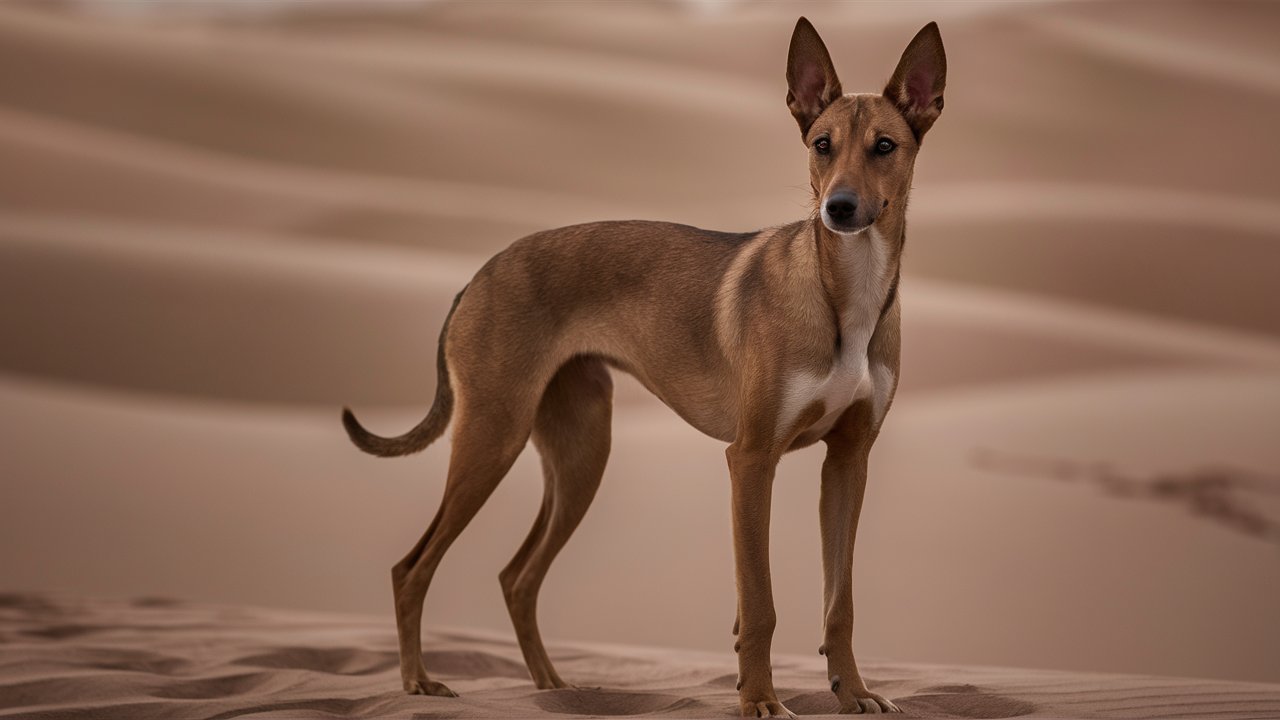
The Azawakh, an elegant and noble sighthound originating from the Sahel region of Africa, particularly Mali, Niger, and Burkina Faso, is renowned for its striking appearance, agility, and loyalty. In this article, we explore in depth the physical characteristics that define this unique breed, contributing to its beauty and functionality. The Azawakh’s appearance is a testament to its heritage as a swift and resilient desert sighthound. Every aspect of its physique reflects a blend of elegance and athleticism, tailored to excel in the harsh terrain and climate of the Sahel region.
Size and Proportions
Azawakhs are medium-sized dogs with a slender and streamlined build that emphasizes their agility and speed. Males typically stand between 25 to 29 inches at the shoulder, while females range from 23 to 27 inches. Their weight varies between 35 to 55 pounds, with variations based on gender and individual genetics.
Body Structure
The Azawakh boasts a well-balanced body structure characterized by a long, lean silhouette. Their deep chest provides ample room for lung capacity, supporting their stamina and endurance during prolonged periods of activity. The breed’s musculature is lean yet powerful, contributing to their swift movements and agility.
Head and Expression
One of the most distinctive features of the Azawakh is its aristocratic head, which is long and narrow. The skull is flat and elegantly proportioned, leading to a slightly domed forehead. Their muzzle tapers to a fine point, giving them a regal appearance. Azawakhs possess expressive, almond-shaped eyes that range in color from amber to dark brown, exuding intelligence and attentiveness. Their ears are set high and are typically folded or semi-erect, adding to their alert and attentive expression.
Coat and Colors
The Azawakh’s coat is short, fine, and smooth, lying close to the body to provide protection without impeding their movement. This coat type is ideally suited for the hot and arid climates of their native regions, helping them to regulate body temperature efficiently. The breed exhibits a wide range of coat colors, including shades of fawn, red, brindle, blue, and various combinations thereof. Some Azawakhs may display white markings on the chest, feet, or tail tip, enhancing their striking appearance.
Tail
Azawakhs are renowned for their distinctive whip-like tails, which are long, slender, and carried low when at rest. The tail extends gracefully from the croup and tapers to a fine point, often curling slightly upwards at the tip. During moments of excitement or alertness, the tail may be raised in a gentle curve, accentuating their poised and attentive demeanor.
Gait and Movement
The Azawakh’s movement is a spectacle to behold, characterized by effortless grace and fluidity. Their long, powerful strides enable them to cover ground swiftly and efficiently, essential traits for a breed historically used for hunting and guarding purposes. Azawakhs exhibit a distinctive pacing gait at slower speeds, transitioning seamlessly into a flowing trot when moving at a faster pace. Their agile movements and keen sense of direction reflect their adaptation to navigating diverse terrains and environments.
The Azawakh’s Unique Physique in Context
Understanding the Azawakh’s physical characteristics provides insight into its role as a versatile sighthound shaped by its environment and cultural significance. From their sleek coat and aristocratic head to their agile gait and distinctive tail carriage, every aspect of the Azawakh’s physique contributes to its functionality and aesthetic appeal. Whether admired for their performance in the show ring, cherished as loyal companions, or revered for their historical legacy, Azawakhs continue to captivate enthusiasts worldwide with their timeless elegance and noble demeanor.
Temperament and Personality
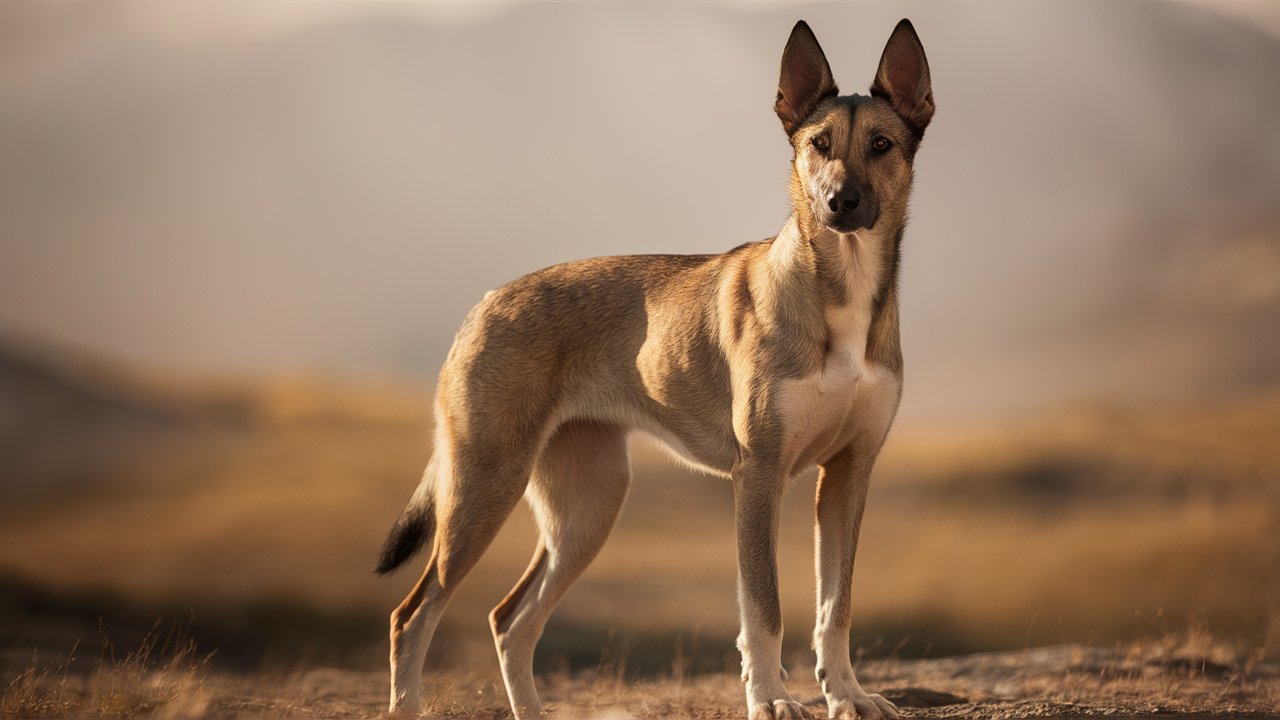
The Azawakh’s temperament is as unique as its appearance. This breed is known for its independence, loyalty, and protective nature. While the Azawakh can be reserved with strangers, it forms deep bonds with its family members.
Loyalty and Devotion
Azawakhs are incredibly loyal to their owners. This loyalty is rooted in their history as companions to the Tuareg people. The breed’s devotion is often compared to that of a guardian, always watchful and ready to protect its family.
Independence and Intelligence
The Azawakh’s independence can be traced back to its origins as a hunting and guarding dog. This breed is highly intelligent and can be quite independent, making training a unique challenge. However, with patience and consistency, Azawakhs can learn a variety of commands and tasks.
Protective Instincts
Azawakhs have a strong protective instinct, making them excellent guard dogs. They are naturally wary of strangers and will not hesitate to defend their home and family if they sense a threat. This protective nature, combined with their loyalty, makes them exceptional companions.
Caring for an Azawakh
Caring for an Azawakh requires a thoughtful approach that considers the breed’s unique characteristics and needs. From diet and exercise to grooming and health care, providing proper care ensures the well-being and happiness of these noble sighthounds.
Diet and Nutrition
Proper nutrition is crucial for the health and vitality of an Azawakh. As active dogs with high energy levels, they require a balanced diet that provides essential nutrients and supports their active lifestyle.
Choosing the Right Food
Selecting a high-quality dog food formulated for medium to large breed dogs is recommended for Azawakhs. Look for foods that list meat or meat meal as the first ingredient, as these provide the protein needed for muscle development and maintenance. Avoid foods with excessive fillers or artificial additives.
Feeding Schedule
Establishing a regular feeding schedule helps maintain digestive health and prevents obesity. Most adult Azawakhs thrive on two meals per day, while puppies may require more frequent feeding. Monitor your dog’s weight and adjust portion sizes accordingly to ensure they maintain a healthy body condition.
Avoid Overfeeding
Azawakhs have a tendency to become overweight if overfed or given too many treats. Obesity can lead to various health issues, including joint problems and decreased lifespan. Measure portions carefully and limit treats to occasional rewards during training.
Exercise Needs
As sighthounds, Dog these breeds have a strong instinct to run and chase. Regular exercise is essential to keep them physically fit, mentally stimulated, and happy.
Daily Exercise Routine
Provide opportunities for your Azawakh to run and stretch their legs in a safe and secure area. A fenced yard or a leash walk in a park where they can run freely is ideal. Aim for at least 30 to 60 minutes of exercise per day to satisfy their need for physical activity.
Mental Stimulation
In addition to physical exercise, Azawakhs benefit from mental stimulation to prevent boredom and destructive behaviors. Engage them in interactive play, obedience training, or puzzle toys that challenge their problem-solving skills.
Exercise Caution
While Azawakhs are agile and athletic, they are also sensitive to extreme temperatures. Avoid exercising them during the hottest parts of the day, especially in hot climates, to prevent heatstroke. Provide plenty of fresh water and shade during outdoor activities.
Grooming
The Azawakh’s short coat requires minimal grooming compared to some other breeds. However, regular care is still necessary to keep their coat and skin healthy.
Brushing
Use a soft-bristled brush or grooming mitt to remove loose hair and distribute natural oils throughout the coat. Weekly brushing is usually sufficient, although more frequent brushing may be needed during shedding seasons.
Bathing
Dog These Breeds are generally clean dogs that do not require frequent bathing unless they get particularly dirty. Use a mild dog shampoo and rinse thoroughly to avoid skin irritation. Ensure their coat is completely dry after bathing to prevent chilling.
Ear and Dental Care
Check your Azawakh’s ears regularly for signs of wax buildup, redness, or foul odor, which may indicate an infection. Clean ears with a veterinarian-approved ear cleaner as needed. Brush their teeth several times a week with a dog-specific toothpaste to prevent dental issues.
Nail Trimming
Keep your Azawakh’s nails trimmed to a comfortable length. Long nails can cause discomfort and affect their gait. Trim nails every few weeks or as needed, taking care to avoid cutting the quick (the blood vessel inside the nail).
Health Considerations
While generally healthy, Azawakhs can be prone to certain genetic and environmental health conditions. Regular veterinary check-ups and proactive care can help detect and manage potential issues early.
Common Health Issues
- Hip Dysplasia: A condition where the hip joint doesn’t develop properly, leading to arthritis and mobility issues.
- Autoimmune Disorders: Azawakhs may be susceptible to autoimmune diseases that affect the skin, joints, or other organs.
- Heart Conditions: Some Azawakhs may be prone to heart problems such as cardiomyopathy.
Preventive Care
Maintain a regular vaccination schedule and administer preventive medications for parasites such as fleas, ticks, and heartworms as recommended by your veterinarian. Stay alert to any changes in behavior, appetite, or physical condition that may indicate illness or discomfort.
The Azawakh in Modern Society
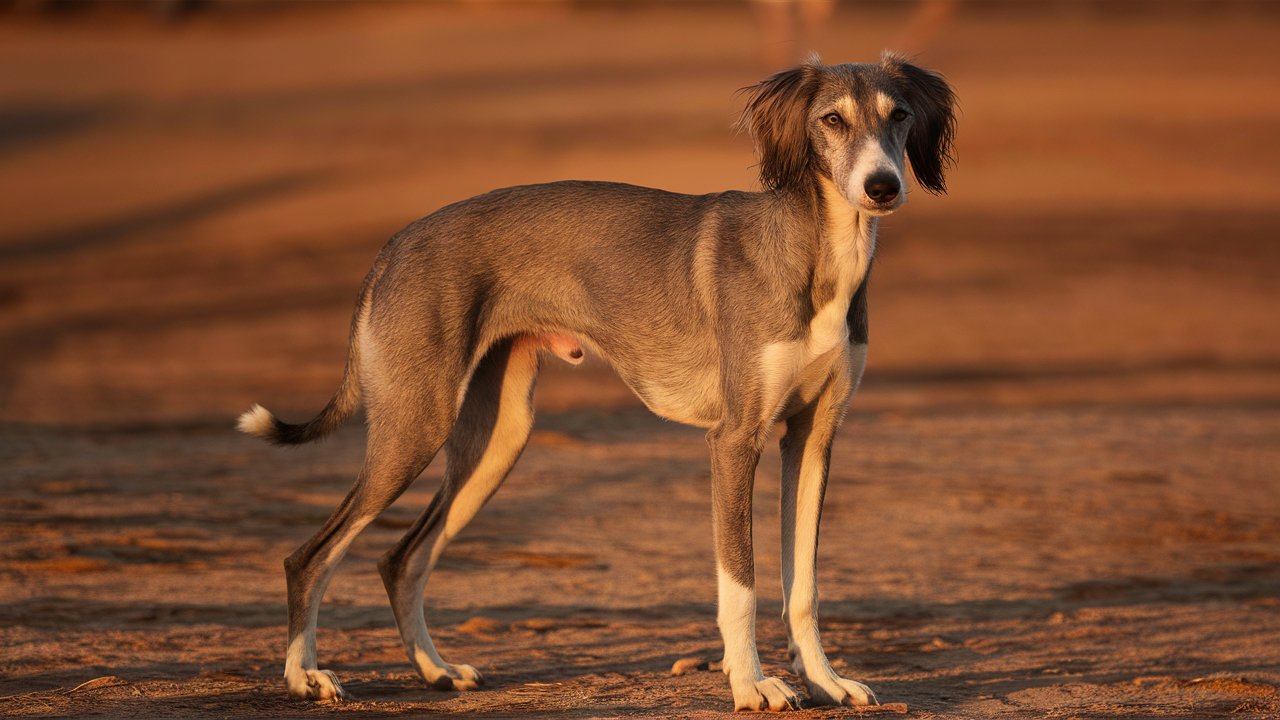
In recent years, the Azawakh has gained recognition beyond its traditional role as a desert companion and guardian. This section explores how this ancient breed is making its mark in modern society, from show rings to family homes, and the efforts being made to preserve its unique heritage.
Rising Popularity and Recognition
While still relatively rare outside of its native regions in West Africa, the Azawakh’s popularity has been steadily growing worldwide. This surge in interest can be attributed to several factors, including its striking appearance, unique temperament, and increasing visibility in dog shows and social media.
Dog Shows and Recognition
In the competitive world of dog shows, this breed stands out for its elegance and grace. Judges and enthusiasts alike are captivated by its slender frame, smooth movement, and distinctive presence. The breed has gained recognition in various kennel clubs and is now eligible to compete in shows that celebrate its breed standard and heritage.
Social Media and Online Communities
The advent of social media has played a significant role in raising awareness about the Azawakh. Dedicated breed enthusiasts share photos, stories, and educational content, showcasing the breed’s beauty and personality to a global audience. Online communities provide a platform for owners and admirers to connect, share experiences, and support responsible breeding and ownership practices.
Azawakhs as Family Companions
Beyond the show ring, dog these breeds are valued as loving and loyal family companions. Despite their independent nature, they form strong bonds with their human families and thrive in environments where they receive love, attention, and proper care.
Temperament and Adaptability
Dog these breeds are known for their intelligence, independence, and protective instincts. While they may be reserved with strangers, they are affectionate and devoted to their families. With early socialization and positive reinforcement training, Azawakhs can coexist harmoniously with children, other pets, and diverse household dynamics.
Exercise and Activity Needs
Despite their regal demeanor indoors, dog these breeds are athletes at heart. They require regular exercise to maintain their physical and mental well-being. Activities such as long walks, runs in secure areas, and interactive play sessions are essential to channel their energy and prevent boredom.
Preservation Efforts and Breed Conservation
Given its historical and cultural significance, efforts are underway to preserve and protect the Azawakh breed. Responsible breeding practices, genetic diversity conservation, and education about the breed’s unique needs are critical components of these conservation efforts.
Breed Standards and Preservation
Kennel clubs and breed organizations play a crucial role in maintaining and promoting the Azawakh breed standard. These standards outline the ideal characteristics, temperament, and physical attributes that define the breed. Preservation breeders work diligently to uphold these standards while prioritizing health, temperament, and genetic diversity in their breeding programs.
Health and Welfare Initiatives
Ensuring the health and welfare of this breed is paramount to their long-term preservation. Regular veterinary care, genetic testing for hereditary conditions, and responsible breeding practices contribute to maintaining a healthy dog this breed population. Breed-specific health initiatives focus on identifying and addressing health concerns to safeguard the breed’s future.
Cultural Significance and Global Outreach
Beyond its role as a companion animal, Dog this breed continues to hold cultural significance in its native regions. It remains an integral part of traditional ceremonies, hunting practices, and daily life among the Tuareg and other nomadic tribes. Efforts to celebrate and preserve the breed’s cultural heritage enhance global appreciation and understanding of its historical roots.
Community Engagement and Education
Engaging with local communities and stakeholders is essential to promoting responsible ownership and preserving the Azawakh’s cultural legacy. Educational initiatives, cultural exchanges, and collaborative partnerships foster greater awareness and appreciation for the breed’s history, contributions, and conservation needs.
International Adoption and Collaboration
The growing interest in Azawakhs has led to international adoption and collaboration efforts aimed at promoting responsible ownership and ethical breeding practices worldwide. By sharing knowledge, resources, and best practices, global partnerships contribute to the sustainable conservation and welfare of Azawakhs across borders.
Conclusion
The Azawakh is a breed that embodies grace, nobility, and loyalty. Its deep roots in African culture, combined with its striking appearance and unique personality, make it a truly special breed. Whether as a guardian, a companion, or a show dog, the Azawakh continues to capture the hearts of those who have the privilege of knowing it.
As with any breed, owning an Azawakh comes with its challenges and rewards. Understanding the breed’s history, characteristics, and care needs is essential for anyone considering bringing an Azawakh into their home. With the right approach, an Azawakh can be a loyal and loving addition to any family.
